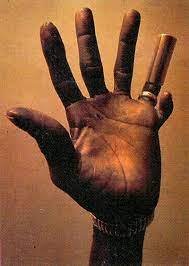Zelja
Senior Member
I have large hands, long slender fingers & prefer 43mm (1 11/16") necks & always tried to find Guilds with these measurements. A narrower neck with some depth can be OK but I sold my 76 carved S-100 as the neck was narrow & shallow, just didn't feel right.
As mentioned above, string spacing also important.
I have no idea how anyone can play a 12 string Ric with the 1 5/8" wide neck with all those strings crammed into that little space. I have a Duesenberg Double Cat 12 & I think it might be 44 or 45mm wide & is super comfortable to me.
As mentioned above, string spacing also important.
I have no idea how anyone can play a 12 string Ric with the 1 5/8" wide neck with all those strings crammed into that little space. I have a Duesenberg Double Cat 12 & I think it might be 44 or 45mm wide & is super comfortable to me.

